The chance to give gifts and spend time with loved ones makes the holiday season a special time of year. But for many people, the holiday season often leads to overspending.
A 2016 survey from the American Research Group found that American shoppers anticipated spending an average of $930 on gifts that holiday season. Data from T. Rowe Price confirms that parents are spending between $400 and $500 per child each year. In 2015, CPA Canada conducted a random phone survey of 1,004 adult Canadians and found the average adult planned to spend $766 on holiday gifts.
Although these numbers can reflect an overwhelming sense of generosity, many times excessive spending is based on a desire to outdo gifting from the year prior – sometimes at the risk of personal finances. Some people are taking drastic measures to make holidays over-the-top, with some delving into emergency savings while others withdraw prematurely from retirement accounts. Budgeting for the holiday season can help shoppers keep their finances in check.
Determine spending patterns
An examination of receipts and spending habits from previous holiday seasons can help individuals establish budgets for the current year. Make a list of all expenses – even the ones that extend beyond holiday giving. These may include expenses such as gym service fees, homeowner’s insurance, traveling expenses, gift exchanges at work, and more. Extra costs can add up and should be factored into holiday budgets.
Try to recall if your spending last year felt comfortable or if you were paying off credit cards long after the holiday season had ended. If it’s the latter, resolve to make adjustments.
Establish a budget that fits
There is no such thing as a one-size-fits-all budget. Figure out if there is extra money this season or if times are tight. This will help you plan accordingly and avoid overspending. Shifting priorities can help free up some cash. If children are interested in this year’s hot (and likely expensive) gift, cut back on holiday travel or entertaining. Instead of buying gifts for coworkers, buy a drink during a night out.
Use the holidays as an opportunity to sell
Collectibles, gently used toys, video games, action figures – all of these items may be collecting dust at your home, but they might be coveted by other shoppers. Rely on the season for spending to make some extra income that can be cashed in for your own holiday purchases.
Set up an account and track spending
Establish a separate account strictly for holiday spending. This can include a credit card only used for gifts and entertaining or a savings account at a bank or credit union. You won’t know what is going out of your account unless you keep careful tabs on it. Tracking spending is the biggest key to sticking with a budget, according to the financial advice group The Balance.
Holiday budgeting can be challenging. But with some effort, it is possible to avoid debt and still enjoy a happy holiday season.


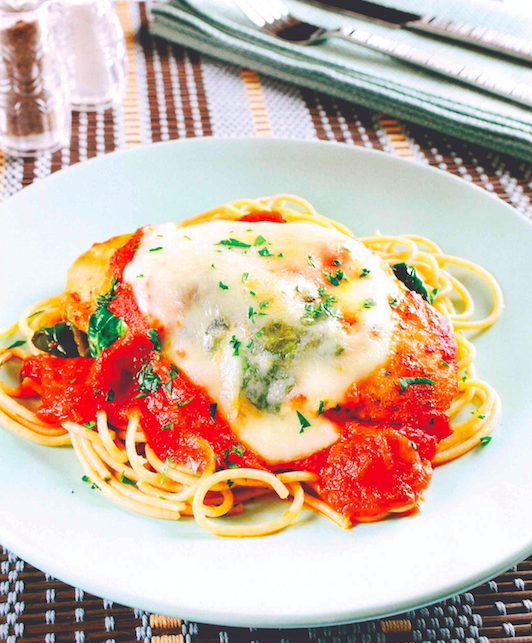

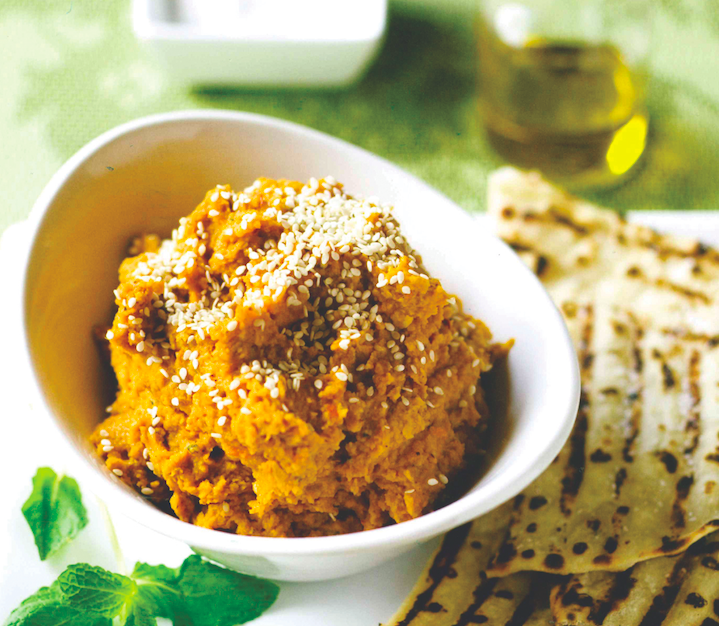
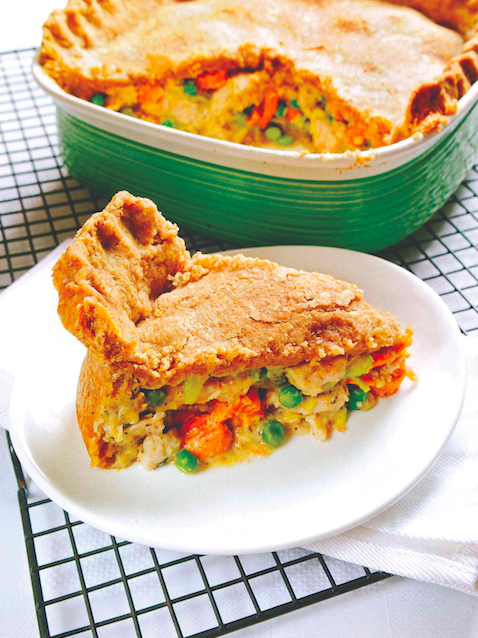

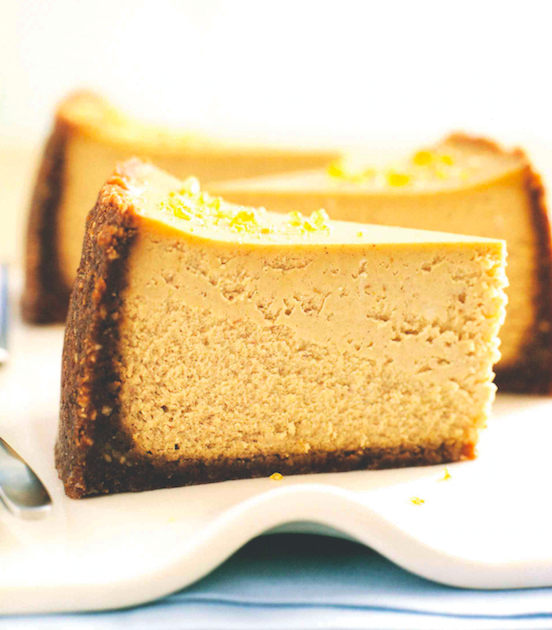

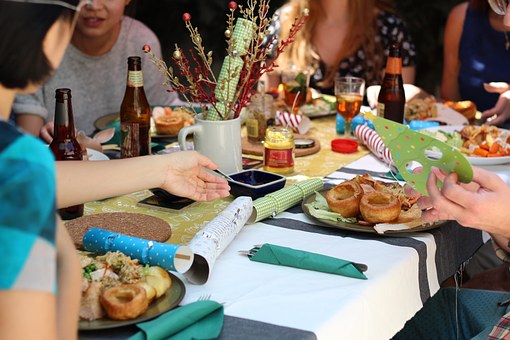 1. Host a housewarming party
1. Host a housewarming party

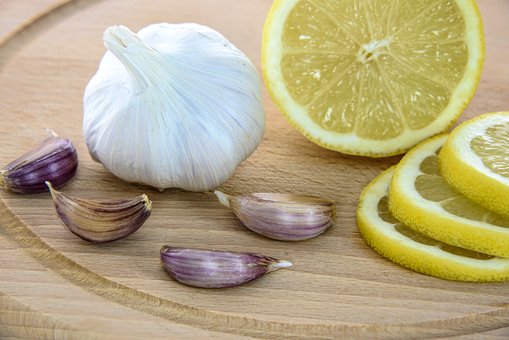 Using a vegetable peeler, cut carrot and cucumber into thin ribbons. To heat naan, follow instructions on packet. In a small bowl, stir 1/2 cup yogurt, garlic and chopped mint together.
Using a vegetable peeler, cut carrot and cucumber into thin ribbons. To heat naan, follow instructions on packet. In a small bowl, stir 1/2 cup yogurt, garlic and chopped mint together.
 Data from a small study conducted by researchers at the Cummings School of Veterinary Medicine at Tufts University reported that adolescents who had animal experience were more likely to see themselves as important contributors to communities and more likely to take on leadership roles.
Data from a small study conducted by researchers at the Cummings School of Veterinary Medicine at Tufts University reported that adolescents who had animal experience were more likely to see themselves as important contributors to communities and more likely to take on leadership roles. A study from Dennis Ownby, MD, a pediatrician and head of the allergy and immunology department of the Medical College of Georgia, found that having multiple pets decreases a child’s risk of developing certain allergies. He found that the children who were exposed to two or more dogs or cats as babies were less than half as likely to develop common allergies as kids who had no pets in the home.
A study from Dennis Ownby, MD, a pediatrician and head of the allergy and immunology department of the Medical College of Georgia, found that having multiple pets decreases a child’s risk of developing certain allergies. He found that the children who were exposed to two or more dogs or cats as babies were less than half as likely to develop common allergies as kids who had no pets in the home.

